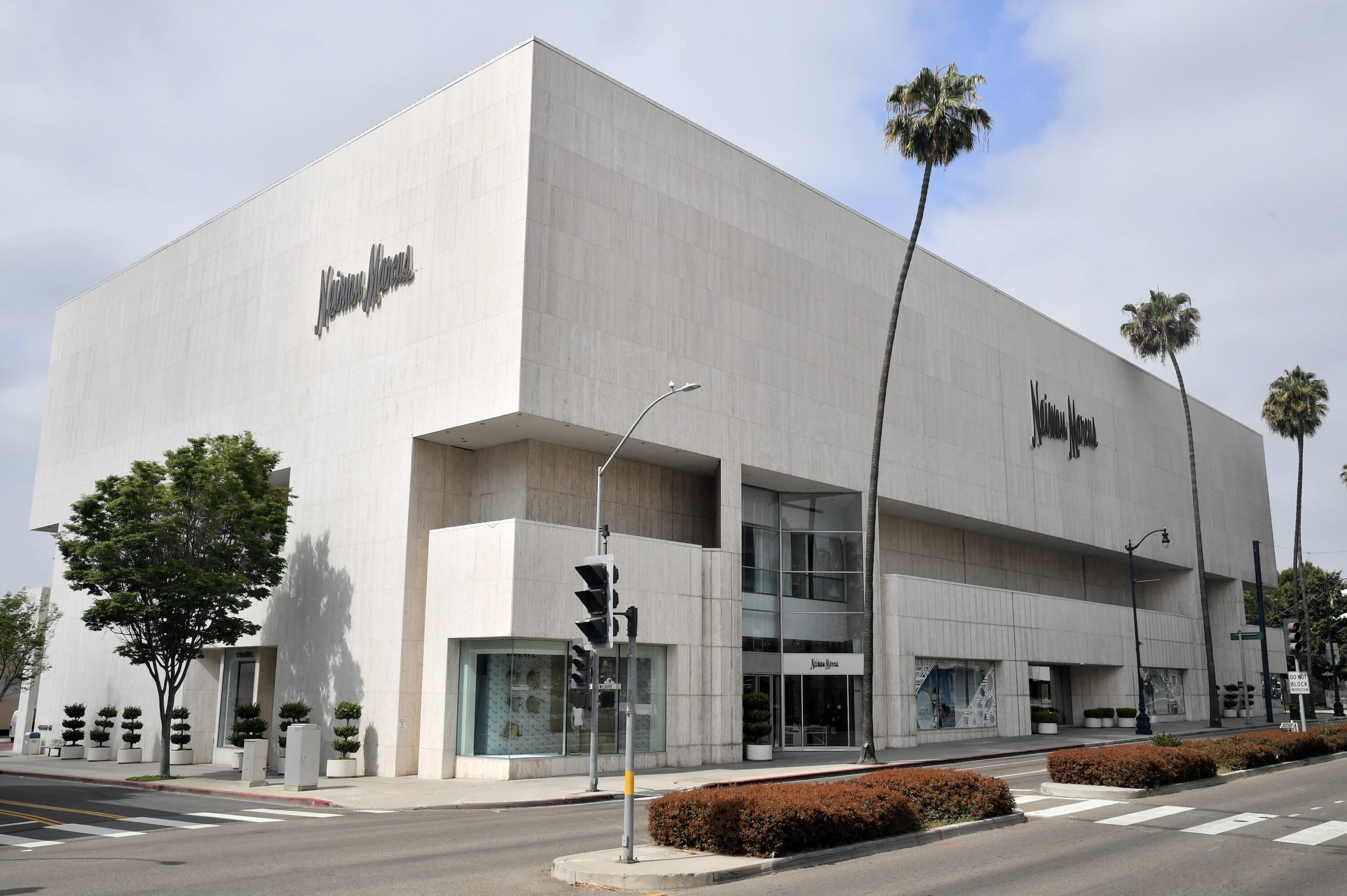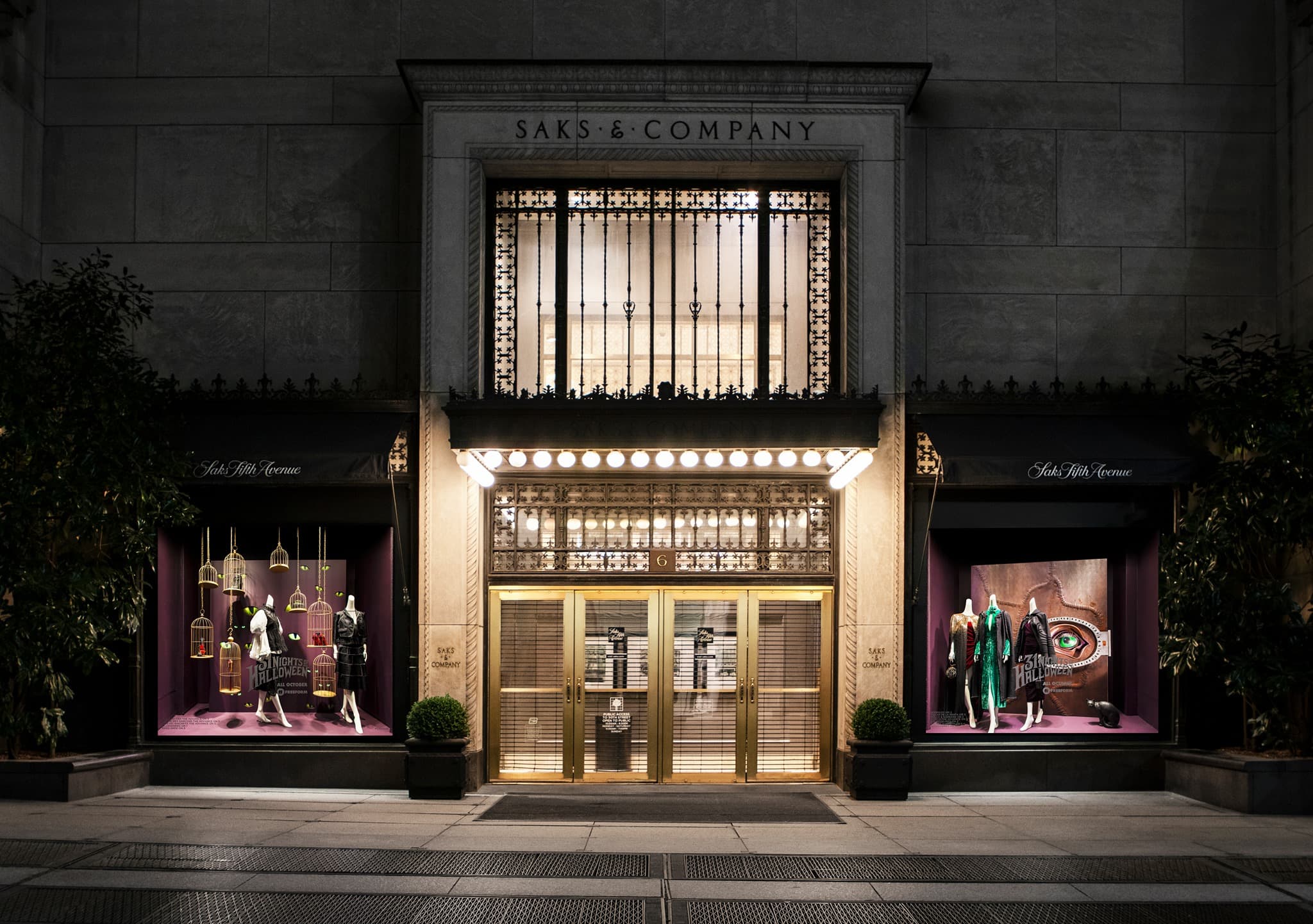The Saks-Neiman’s Merger: What It Means for Luxury Brands and Retail’s Future
By Mackenzie Richard
Key Takeaways
Enhanced Liquidity and Recapitalization:
Saks Global—newly formed by merging Saks Fifth Avenue and Neiman Marcus—has raised substantial capital to settle overdue vendor payments and fund future initiatives in merchandising and operations.
A Unified but Innovative Management Structure:
Key leadership roles are being realigned, combining certain positions across brands while keeping Bergdorf Goodman managed separately. This approach is intended to spark fresh ideas, reduce redundancies, and foster greater collaboration.
Potential Store Closures and Consolidations:
Certain locations, such as the Saks store on Worth Avenue in Palm Beach, have already closed. This signals further moves toward consolidating retail spaces and back-office functions to improve efficiency.
Focus on Vendor Relationships:
Certain locations, such as the Saks store on Worth Avenue in Palm Beach, have already closed. This signals further moves toward consolidating retail spaces and back-office functions to improve efficiency.
Challenges in the Canadian Market:
HBC’s Canadian operations have been carved out from Saks Global, underscoring existing difficulties in Canada and shifting the new entity’s focus more squarely on U.S. luxury retail.
A Comprehensive Look at the Saks-Neiman’s Merger
1. Financial Foundations and a Path to Stability
The recent agreement for Saks to acquire Neiman Marcus Group has generated both excitement and cautious optimism among designers, brands, and industry observers.


By bringing together two of North America’s most recognized luxury retailers—along with Bergdorf Goodman and Saks Off 5th—Saks Global is poised to create a formidable presence in high-end retail.
In orchestrating the $2.7 billion acquisition, Saks Global executive chairman Richard Baker leveraged both strategic partnerships and unconventional financing, including support from Amazon, Salesforce, G-III Apparel Group, and Authentic Brands Group. Although some initial hurdles in finalizing the financing surfaced—evidenced by the reliance on $2.2 billion in high-yield bonds—Saks Global leaders express confidence that these moves will ultimately strengthen the company’s liquidity and facilitate overdue vendor payments.
For designers who have long awaited payments, this prospect of newfound financial stability offers a measure of reassurance.
However, the precise timing for settling past obligations remains unknown, leaving many to wonder about the logistics of the promised disbursements.

2. Rethinking Leadership and Organizational Structures
A key hallmark of this merger is the streamlined leadership team overseeing both Saks Fifth Avenue and Neiman Marcus. While Bergdorf Goodman retains its own leadership
under President Tracy Margolies, other roles have been blended, creating a single, cohesive group for Saks and Neiman Marcus.
• Emphasis on Collaboration: By eliminating some traditional titles—such as chief merchant—Saks Global aims to encourage cross-functional thinking, recognizing that modern retail often blurs the lines between merchandising, marketing, e-commerce, and analytics.
• Notable Appointments: Emily Essner’s transition to President and Chief Commercial Officer signals a commitment to unifying commercial, marketing, and digital strategies. Marc Metrick, the CEO of Saks Global Group, emphasizes the potential of “cross-pollination” between formerly independent teams.
These shifts underscore the group’s intent to remain nimble, adapt quickly to market shifts, and take a fresh look at both brands’ positioning. For designers, these changes may mean forging relationships with new points of contact and adapting to a broader—albeit more integrated—vision for product assortment and customer engagement.

3. Store Closures and Operational Consolidation
Though executives have framed this merger as “transformative rather than consolidative,” there are inevitable overlaps in real estate, technology, and back-office functions.
The closure of some store locations, such as the Saks on Worth Avenue in Palm Beach, Florida, signals a larger optimization strategy.
• Creating Efficiencies: Streamlined operations could lead to clearer pathways for vendor payment and inventory management, improving the overall reliability of brand partnerships.
• Balancing Growth and Heritage: Ensuring that the iconic statuses of Saks Fifth Avenue, Neiman Marcus, and Bergdorf Goodman remain intact is essential, even as the company makes data-driven decisions about scaling back.
These operational changes underscore a challenging balancing act: harnessing the merger’s efficiencies while maintaining the unique character that has defined each brand’s legacy.
4. The Canadian Connection and Beyond
Within the larger framework, HBC’s Canadian business—operating under a separate entity—has been singled out as a key factor in past financial turbulence. By differentiating these Canadian operations from Saks Global, leadership hopes to establish a more focused approach to the U.S. luxury retail scene.
• Mitigating Risk: The stand-alone structure for HBC’s Canadian business aims to contain potential liabilities and shield Saks Global from market-specific volatility.
• Global Momentum: This separation might also allow Saks Global to allocate resources more effectively, charting a steady path forward for its newly expanded U.S. portfolio.

5. Designer Concerns: Payment and Partnership
Perhaps the most pressing question among designers is how quickly Saks Global will rectify outstanding balances. While senior executives have publicly assured that overdue payments are on the horizon, the lack of a specified timetable leaves some apprehension.
• A Spirit of Optimism: The overarching sentiment from both Baker and Metrick is that the company’s improved financial footing will eventually translate into renewed trust with vendors and the capacity to refine payment terms.
• Strategic Benefits: As Saks Global evolves its management structure and invests in digital and physical platforms, designers could see broader brand visibility, better alignment with affluent clientele, and potentially more favorable purchasing terms once the dust settles.
6. Looking Ahead: Opportunities and Challenges
For an industry that thrives on exclusivity and brand heritage, the Saks-Neiman’s merger represents both opportunity and disruption. While consolidation can streamline processes, it also creates new complexities for designers who must learn to navigate a unified, yet evolving, management and buying approach.
• Investment Potential: With capital now freed to invest in technology, analytics, and shopping experiences, vendors could benefit from improved retail performance and expanded online reach.
• Adaptive Strategies: Designers with flexible supply chains and strong digital engagement strategies may find themselves better equipped to partner with Saks Global’s evolving business model.
Ultimately, while skepticism remains about the immediate resolution of vendor payment challenges, the merger’s long-term success hinges on how effectively Saks Global can harmonize distinct brand identities, maintain warm relationships with suppliers, and deliver meaningful experiences to the modern luxury consumer.

In merging the forces of Saks Fifth Avenue and Neiman Marcus, Saks Global seeks to redefine the boundaries of luxury retail. The infusion of capital and the innovative leadership structure have the potential to create a more stable environment for designers and brands, who stand to benefit from enhanced liquidity and access to a broader consumer base.
Nevertheless, the path forward demands a thoughtful approach. Balancing store closures, organizational shifts, and the timely resolution of vendor payments requires both strategic agility and a willingness to adapt to evolving market conditions.
For many designers and brands, the real question lies in how this unified company can preserve the quintessential elements of luxury—curation, exclusivity, and service—while embracing modern efficiencies and broader financial objectives. If executed with diplomacy and care, the Saks-Neiman’s merger could very well signal a promising next chapter for U.S. luxury retail.



